
Elsie Jane Wilson was a cinema actress, director, and writer during the early film era. She took part in the productions of the silent film era and starred in over thirty films. Between the years of 1916 and 1919, Wilson was credited for producing, writing two films, and directing eleven films. She was best known in the genres of dramas and comedy dramas.

Ruth Roland was an American stage and film actress and film producer.
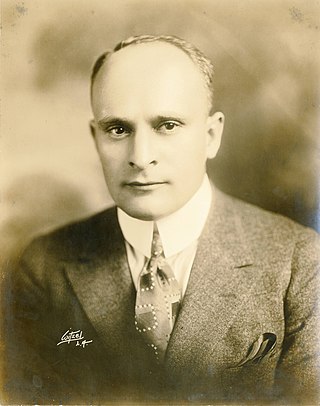
Charles Gardner Sullivan was an American screenwriter and film producer. He was a prolific writer with more than 350 films among his credits. In 1924, the magazine Story World selected him on a list of the ten individuals who had contributed the most to the advancement of the motion picture industry from its inception forward. Four of Sullivan's films, The Italian (1915), Civilization (1916), Hell's Hinges (1916), and All Quiet on the Western Front (1930), have been listed in the National Film Registry.

Thomas Harper Ince was an American silent era filmmaker and media proprietor. Ince was known as the "Father of the Western" and was responsible for making over 800 films.
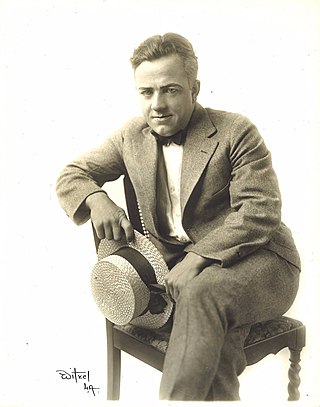
Shorty Hamilton was an American actor and silent film comedian who appeared in more than 80 films, mostly westerns, from 1909 to 1925. His birth name was William John Schroeder, and he was also known as "Jack Hamilton." He had served in the United States Cavalry for several years and worked as a cowboy in Montana and Texas. He was best known for the "Adventures of Shorty" series of two-reel silent films that were released from 1912 to 1917.
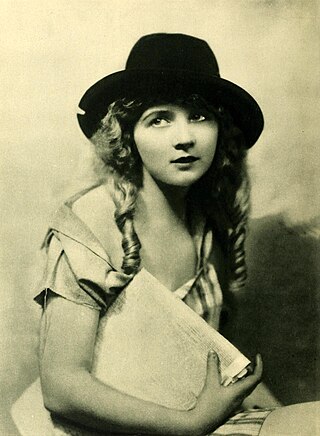
Gladys Leslie Moore was an American actress in silent film, active in the 1910s and 1920s. Though less-remembered than superstars like Mary Pickford, she had a number of starring roles from 1917 to the early 1920s and was one of the young female stars of her day.

The Adventures of Shorty is the name of a 1914 American short silent Western film featuring Shorty Hamilton, and the general name for the series of similar short films it started.
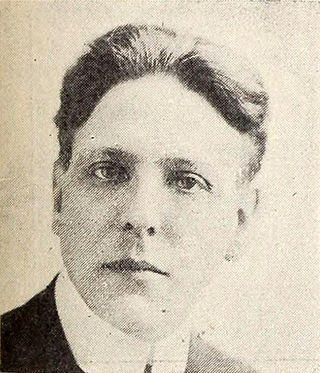
Maxwell Karger (1879–1922) was an important movie producer and motion picture director during the silent film era of the 1910s.
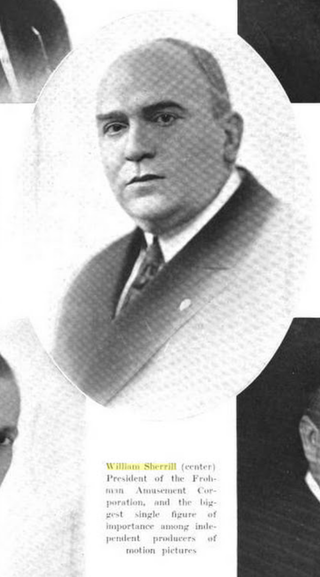
William L. Sherill was a producer in the early film industry of the United States. He served as president of the Frohman Amusement Company. A 1918 issue of Theatre Magazine reported he was the single most important figure among independent producers of motion pictures.
Hal Clements was an American actor and director of silent films. He starred in dozens of silent films. He married writer Olga Printzlau.
Fine Arts Film Company produced dozens of movies during the silent film era in the United States. It was one of the film production studios in Triangle Film Corporation, each run by one of the parent company's vice-presidents: D. W. Griffith, Thomas H. Ince, and Mack Sennett. Fine Arts was Griffith's studio and was located on Sunset Boulevard. It was often billed as Triangle Fine Arts.
Percy Challenger was a film and theater actor in the United States. He appeared in dozens of films.

Lucille Lee Stewart was an American film actress of the silent era. Her screen career lasted between 1910 and 1926, during which time she played a mixture of lead and supporting roles.

Astra Film Corp was an American film production company that produced silent films. Louis J. Gasnier was the company's president. George B. Seitz co-founded it. It was making films by 1916. It became Louis J. Gasnier Productions after Seitz left.

Jean Sothern was an American actress in silent films, vaudeville, and radio. She had leading roles in silent films and became popular before World War I.
John Gerald Hawks was an American screenwriter. He wrote several scripts for Thomas H. Ince's Kay-Bee Pictures. He also wrote the first photoplay featuring Mabel Normand.

Bluebird Photoplays was an American film production company that filmed at Universal Pictures studios in California and New Jersey, and distributed its films via Universal Pictures during the silent film era. It had a $500,000 studio in New Jersey.
"It was a subsidiary of Universal Pictures and employed Universal stars and used Universal’s facilities but the pictures were marketed independently from Carl Laemmle’s umbrella company."—Anke Brouwers
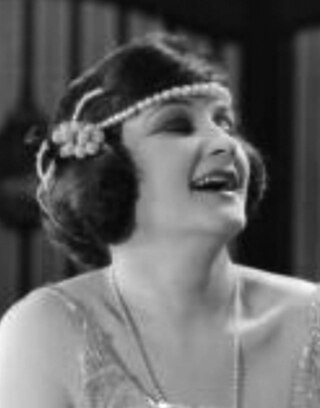
Dorcas Neville Matthews was an English actress in silent films in the U.S. She had numerous roles as a supporting actress and was well known.

Victor Albert Kremer was a music publisher, film producer and distributor, as well as a real estate developer in the U.S. An immigrant from Germany, Kremer established a music publishing company. He later acquired studio space to produce his own films and acquired film rights from Essanay as it shut operations. His company reissued several Charlie Chaplin films.
Jean Hathaway was a Hungarian-born Belgian and American stage and silent film actress, singer, and claimed to be a Belgian Marquise though marriage. Her career began on the vaudeville circuit; and by 1908 she was an early star of Allan Dwan's American Film Manufacturing Company. After her marriage in 1894, she also went by the names Marquise Lillie de Fiennes and Jane Hathaway.

















